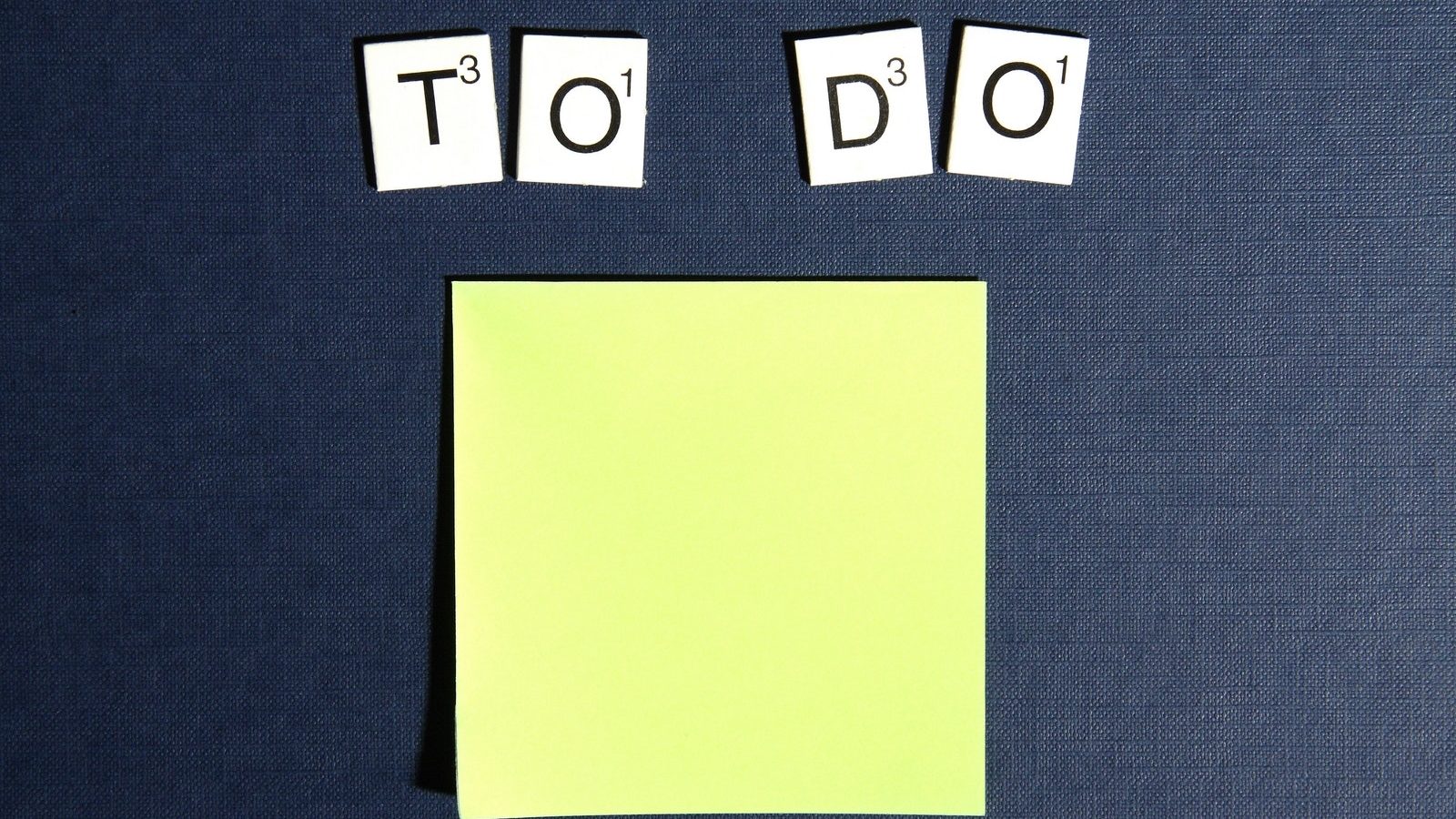“When do you land up doing nothing?”
“Well, I go for yoga twice a week, without fail. I also go out with friends most Saturday evenings…”
“I said – do nothing. When is your mind at rest, and doing absolutely nothing? Not plotting a project, nor worrying about a family member or a pet?”
“Oh Lord, she is relentless,” I thought to myself, as I rolled my eyes.
“But you know that I’m right,” she persisted, as if she had heard my unspoken grumbling. The fact that she was, did not make this any easier. The signs were there—in the last 10 minutes of every yoga class, when we lay in Shavasana (“corpse” pose), my mind was often making a list for the next day’s tasks—not quite the resting pose my teacher intended. I sighed, knowing I had to make changes.
As an entrepreneur, I had come to the realisation that unless one made boundaries around work, it can encroach on life. So I had fought back (and had the scars to show for it). When I wasn’t “working”, I hosted dinners, scheduled photography sessions, attended events and conferences…aiming to achieve work-life balance. However, what this definition of balance ignores is that whether we classify these actions as “work”, or “life”, they are activities that engage the mind…often intensely. And while we might achieve balance in commerce and courtships, they crowd out any time for the mind to rest without responsibility, have awareness without agenda, hit pause without purpose.
The benefits of inactivity and resting the mind are well documented:
- It rejuvenates the mind so you come back to your life with greater energy, and enhanced productivity
- The slowing down, the solitude (of being without man, or machine) is likely to bring a sense of clarity to issues where relentless scenario-creation and algorithms might have failed. An idle mind is the devil’s workshop? Perhaps. But, on the flip side, it is in our idleness, in our dreams, that the submerged truth sometimes comes to the top (Virginia Woolf).
- The stillness sparks creativity. Packed schedules, long task-lists and constant “doing” doesn’t allow room for creativity. A wandering mind is more likely to dream, and imagine, untethered by any project deadline or the task of putting out the cat’s food.
- And finally, because everything—(wo)man or machine—needs to re-boot. It is simply a requirement for health and longevity.
Some aspects about the practice that might be worth noting:
- You have to be intentional about making the time for it, whether you do it by simple associations (“before I start my day”) or schedule time on your calendar.
- It requires that you disconnect, break away from your routine. It is not something you do while you are also doing something else because the idea is not to multi-task, it is to not task at all
- Don’t mix definitions: scrolling an Instagram page or flicking channels is not the mindlessness we are talking about. These activities might be defined as “leisure” but they bombard you with stimuli and don’t qualify as “resting” the mind
- It involves breathing and being conscious of your breath. Any concept that rallies around this idea—as diverse as Niksen (the Dutch concept of doing nothing) to meditation—unify on this aspect. Given the connection between the mind, body and breath, focusing on your breath and its flow in and out of your body is a fundamental tool to still the mind.
- Suspend judgement: If it isn’t instinctive to avoid thinking about the evite you didn’t respond to, that’s not surprising. Years of conditioning that prize busyness are not easy to cast aside. When I found myself critiquing myself for not doing a good job of doing nothing, I knew I wasn’t quite adhering to the intent of the exercise. If the mind wanders, don’t judge yourself. Over time, you’re bound to ease into it.
As the year comes to a close, and we inch towards making new resolutions, I’ve started to reflect on not just what I want to do, but also what I don’t. Shavasana, from now, is not an opportunity to prioritise my tasks. It is my chance to be still, or just be. It is a chance to step back from the drama of life, but not to take on the mantle of a director; just a casual spectator.
Since kindergarten, we have been taught, and rewarded to fill in the blanks…perhaps it is time we realise that sometimes, we shouldn’t.
Want to share your story of how you thrive? Write to us at [email protected]


